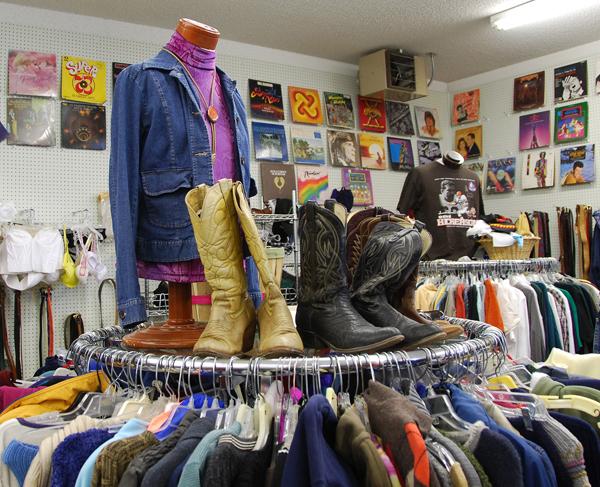When you find an inexpensive trendy top while working with a small shopping budget, or you’re just the kind of person who loves a good steal, it feels like you won the lottery when. Yet, in the heat of the moment we do not realize the impact that cute trendy top has on our environment.
What exactly is fast fashion, you may ask? It is clothing that has been mass produced at inexpensive prices often times inspired by runway looks.
Rather than the industry standard of two seasons, fast fashion companies are able to produce new collections every few weeks if not sooner. As a college community we are victims of fast fashion marketing.
We are broke, we want fashionable pieces, and we do not hold ourselves accountable for the brands we support. Located right next to campus, Stonestown Galleria houses five major fast fashion retailers: Forever 21, Zara, Cotton On, Uniqlo and H&M.
You cannot escape these stores, they are everywhere and their prices are alluring. Designer clothing is expensive not only because of its design but particularly because of the quality of the fabric and the craftsmanship in the construction of the garment.
Last year, Gucci sued Forever 21for trademark infringement of its iconic “blue-red-blue”and “green-red-green”stripes. Quality and sustainability are lost when you can get a knock off Gucci jacket that retails for $3,600 at less than $50.
Polyester and cotton are some of the most frequently used fibers for fabric. It takes 2,700 liters of waterto harvest enough cotton to make one cotton shirt. That is two and a half years’ worth of drinking water for one person. During cotton manufacturing 5 trillion litersof water are used just to dye the fabric.
In 2015, polyester production released nearly 706 billion kgof greenhouse gases which is the equivalent to 185 coal-fired power plantsannual emission.
These numbers are baffling. As consumers we can hold the companies that we are supporting accountable for their business practices. H&M has been on the forefront of fast fashion in attempting to be more sustainable and has internally implementedstrategies to reduce emissions amongst other environmental achievements.
“A company of our size and scale has a responsibility as well as a great opportunity to lead the change toward a more sustainable fashion and design industry,” said Anna Gedda, head of sustainability for H&M. But not every company is taking that responsibility seriously.
Therefore, we have a social responsibility as consumers to educate ourselves and help our environment. The average American throws away
81 lbs of clothingannually that will end up in landfills although 95 percent of that can be recycled.
An alternative is as simple as donating your clothes to your local Goodwill or Salvation Army.
Thrift stores are one of the best options for refreshing your wardrobe. If you want to benefit, there are companies like Buffalo Exchange and Crossroads Trading Co. who offer trade credit or cash for your unwanted clothing.
If you’re like me and dread human interaction, you can even give your clothes a second chance by reselling on apps like Poshmark or thredUp.
If you’re interested in learning more about clothes sustainability join Connie Ulasewicz and Gail Baugh at the J. Paul Leonard Library room 121, Thursday, Sept. 13, at 10 a.m. for a seminar, “The Wear Movement: A Clean Category Collection System of Textile.”
Now is the time to educate ourselves, and at the very least take small steps to heal our environment. Vanity should not be our main concern when we can save thousands of liters of water or emit less greenhouse gases.
Next time you find an incredibly-priced cotton shirt at your favorite fast fashion retailer remember the true cost. Take a moment to reflect. Is it really worth it?





